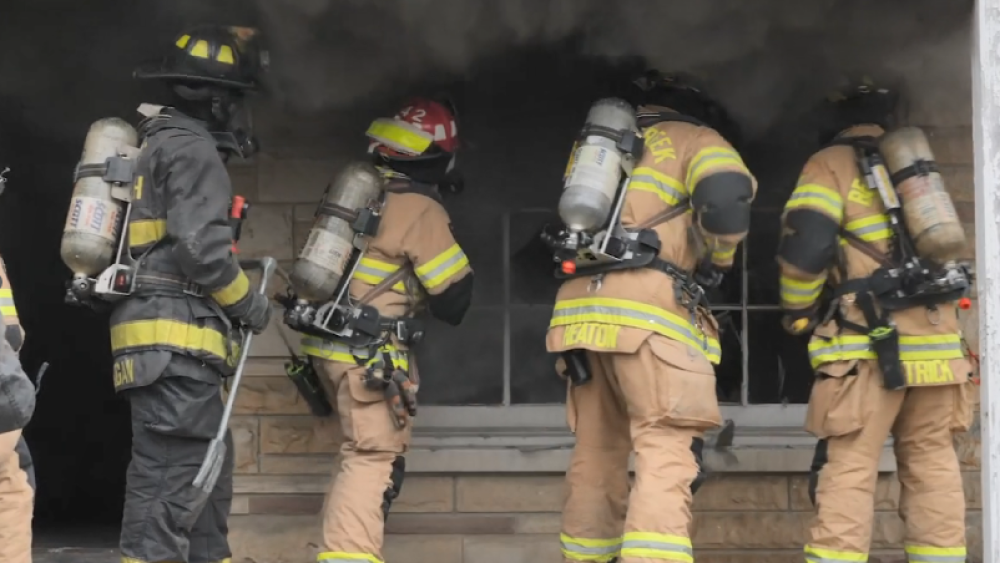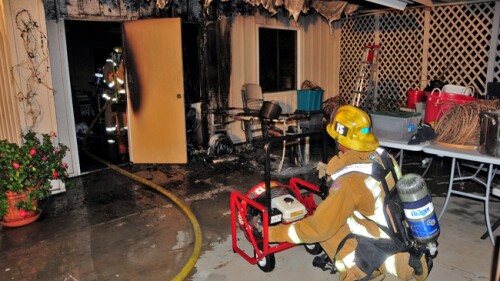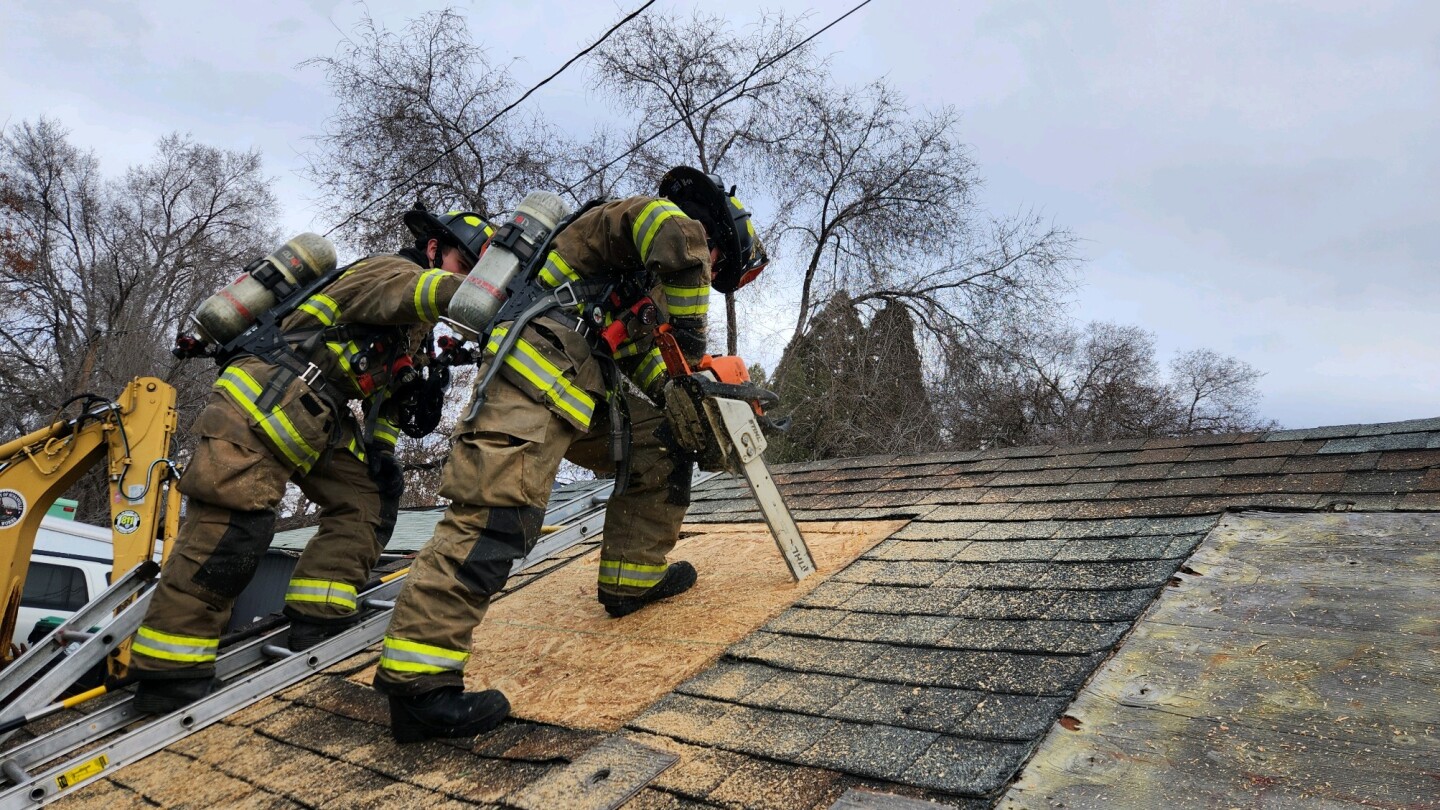As research continues to emerge, highlighting the importance of coordinated ventilation, firefighters are forced to adjust strategies and tactics. This special coverage series reviews the current ventilation-focused research and offers detailed steps for how to best implement the various ventilation operations – vertical ventilation, horizontal ventilation, positive pressure ventilation, among other tips and tricks to ensure safe fireground operations.
MOST POPULAR
- ‘Push the gate’: Chief Kris Blume on mission-drive culture in action
- Battery in children’s book to blame for N.C. vehicle fire
- Ore. firefighter suffers burns to 45% of body during duplex fire
- Rookie Rules: What to Expect Day 1, Shift 1, Year 1
- Federal grant programs frozen, FDs unable to access funding
MORE FIREGROUND OPERATIONS
Loading, cleaning, storing and moving hose imporperly can greatly cut the life of the hose; here’s what to do to get the most out of fire hose
Understanding how and why compressed air foam systems work is a key to their wide-spread acceptance
One of the keys to foam use is knowing which foam will best combat which type of fire
Overhaul is a time when many of us exhale, and that letting the guard down invites catastrophe
This video of a structure fire’s progression prior to first-due arriving on scene provides some valuable learning opportunities
Roof operations are dangerous, but these steps can help reduce that risk
Even with the passage of decades, our most tragic fires still hold lessons that can keep present-day firefighters safe
Although much has changed in firefighting in the past 20 years, we still approach interior attack with the same mindset, and that may be about to change too
Metal roofing materials are becoming more common on residential structures and they present an array of problems for firefighters











